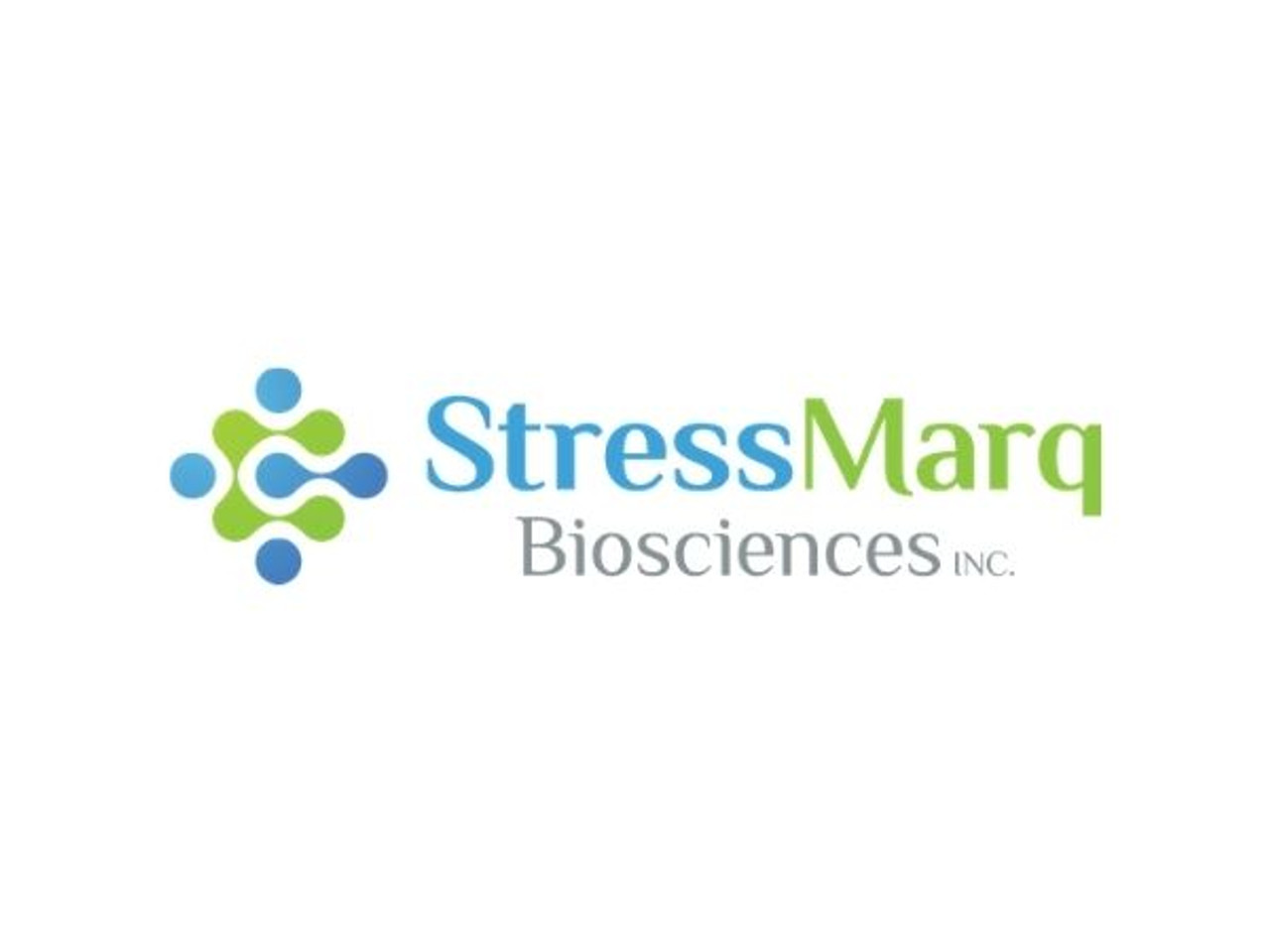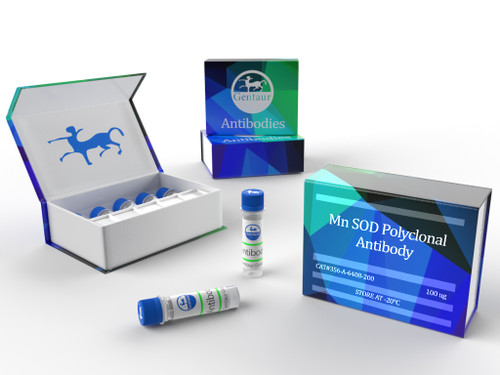Product Description
Mn SOD Protein is available at Gentaur for Next week delivery.
Description: Human Recombinant Mn SOD Protein
Alternative Name(s): Manganese SOD Protein, IPO B Protein, Mn SOD Protein, SOD2 Protein
Research Area(s): Cancer | Oxidative Stress | Cell Signaling | Protein Trafficking | Chaperone Proteins
Nature: Recombinant
Accession Number: BC070913
Gene ID: 24787
Swiss-Prot: P04179
Applications Species: WB | SDS-PAGE
Biological Activity:
Expression System: E. coli
Protein Length:
Amino Acid Sequence: MLSRAVCGTSRQLAPVLGYLGSRQKHSLPDLPYDYGALEPHINAQIMQLHHSKHHAAYVNNLNVTEEKYQEALAKGDVTAQIALQPALKFNGGGHINHSIFWTNLSPNGGGEPKGELLEAIKRDFGSFDKFKEKLTAASVGVQGSGWGWLGFNKERGHLQIAACPNQDPLQGTTGLIPLLGIDVWEHAYYLQYKNVRPDYLKAIWNVINWENVTERYMACKK
Purification: Affinity Purified
Storage Buffer: 50mM Tris/HCl pH7.7, 0.15M NaCl, 5mM DTT, 10% glycerol
Concentration: Lot/batch specific. See included datasheet.
Shipping Temperature: Blue Ice or 4ºC
Other relevant information:
Certificate of Analysis: This product has been certified >90% pure using SDS-PAGE analysis.
Cellular Localization: Mitochondrion Matrix
Scientific Background: Superoxide dismutase (SOD) is an endogenously produced intracellular enzyme present in almost every cell in the body (3). It works by catalyzing the dismutation of the superoxide radical O2ˉ to O2 and H2O2, which are then metabolized to H2O and O2 by catalase and glutathione peroxidase (2, 5). In general, SODs play a major role in antioxidant defense mechanisms (4). There are two main types of SOD in mammalian cells. One form (SOD1) contains Cu and Zn ions as a homodimer and exists in the cytoplasm. The two subunits of 16 kDa each are linked by two cysteines forming an intra-subunit disulphide bridge (3). The second form (SOD2) is a manganese containing enzyme and resides in the mitochondrial matrix. It is a homotetramer of 80 kDa. The third form (SOD3 or EC-SOD) is like SOD1 in that it contains Cu and Zn ions, however it is distinct in that it is a homotetramer, with a mass of 30 kDA and it exists only in the extracellular space(8). SOD3 can also be distinguished by its heparin-binding capacity (1).
References: 1. Adachi T., et al. (1992) Clin. Chim. Acta. 212: 89-102. 2. Barrister J.V., et al. (1987) Crit. Rev. Biochem. 22: 111-180. 3. Furukawa Y., and O'Halloran T. (2006) Antioxidants &Redo Signaling. 8 (No 5): 6. 4. Gao B., et al. (2003). Am J Physiol Lung Cell Mol Physiol. 284: L917-L925. 5. Hassan H.M. (1988). Free Radical Biol. Med. 5: 377-385. 6. Kurobe N., et al. (1990) Clinica Chimica Acta. 192: 171-180. 7. Ojika T., et al. (1991) Acta Histochem Cytochem. 24(50): 489-495. 8. Wispe J.R., et al. (1989) BBA. 994: 30-36.
Field of Use: Not for use in humans. Not for use in diagnostics or therapeutics. For research use only.
PubMed ID:
Published Application:
Published Species Reactivity:
" Euro
Euro
 British Pound
British Pound
 US Dollar
US Dollar




















